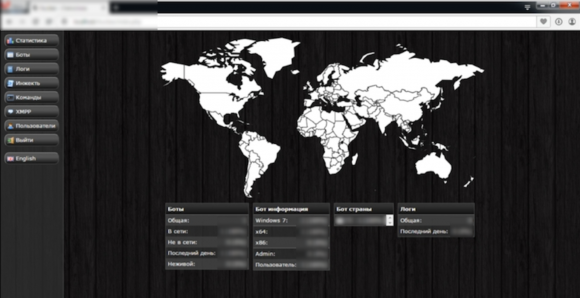Last month Yours Truly got snookered by a too-good-to-be-true online scam in which some dirtball hijacked an Amazon merchant’s account and used it to pimp steeply discounted electronics that he never intended to sell. Amazon refunded my money, and the legitimate seller never did figure out how his account was hacked. But such attacks are becoming more prevalent of late as crooks increasingly turn to online crimeware services that make it a cakewalk to cash out stolen passwords.

The elusive Sonos Play:5
The item at Amazon that drew me to this should-have-known-better bargain was a Sonos wireless speaker that is very pricey and as a consequence has hung on my wish list for quite some time. Then I noticed an established seller with great feedback on Amazon was advertising a “new” model of the same speaker for 32 percent off. So on March 4, I purchased it straight away — paying for it with my credit card via Amazon’s one-click checkout.
A day later I received a nice notice from the seller stating that the item had shipped. Even Amazon’s site seemed to be fooled because for several days Amazon’s package tracking system updated its progress slider bar steadily from left to right.
Suddenly the package seemed to stall, as did any updates about where it was or when it might arrive. This went on for almost a week. On March 10, I received an email from the legitimate owner of the seller’s account stating that his account had been hacked.
Identifying myself as a reporter, I asked the seller to tell me what he knew about how it all went down. He agreed to talk if I left his name out of it.
“Our seller’s account email address was changed,” he wrote. “One night everything was fine and the next morning our seller account had a email address not associated with us. We could not access our account for a week. Fake electronic products were added to our storefront.”
He couldn’t quite explain the fake tracking number claim, but nevertheless the tactic does seem to be part of an overall effort to delay suspicion on the part of the buyer while the crook seeks to maximize the number of scam sales in a short period of time.
“The hacker then indicated they were shipped with fake tracking numbers on both the fake products they added and the products we actually sell,” the seller wrote. “They were only looking to get funds through Amazon. We are working with Amazon to refund all money that were spent buying these false products.”
As these things go, the entire ordeal wasn’t awful — aside maybe from the six days spent in great anticipation of audiophilic nirvana (alas, after my refund I thought better of the purchase and put the item back on my wish list.) But apparently I was in plenty of good (or bad?) company.
The Wall Street Journal notes that in recent weeks “attackers have changed the bank-deposit information on Amazon accounts of active sellers to steal tens of thousands of dollars from each, according to several sellers and advisers. Attackers also have hacked into the Amazon accounts of sellers who haven’t used them recently to post nonexistent merchandise for sale at steep discounts in an attempt to pocket the cash.”
Perhaps fraudsters are becoming more brazen of late with hacked Amazon accounts, but the same scams mentioned above happen every day on plenty of other large merchandising sites. The sad reality is that hacked Amazon seller accounts have been available for years at underground shops for about half the price of a coffee at Starbucks.
The majority of this commerce is made possible by one or two large account credential vendors in the cybercrime underground, and these vendors have been collecting, vetting and reselling hacked account credentials at major e-commerce sites for years.
I have no idea where the thieves got the credentials for the guy whose account was used to fake sell the Sonos speaker. But it’s likely to have been from a site like SLILPP, a crime shop which specializes in selling hacked Amazon accounts. Currently, the site advertises more than 340,000 Amazon account usernames and passwords for sale.
The price is about USD $2.50 per credential pair. Buyers can select accounts by balance, country, associated credit/debit card type, card expiration date and last order date. Account credentials that also include the password to the victim’s associated email inbox can double the price.



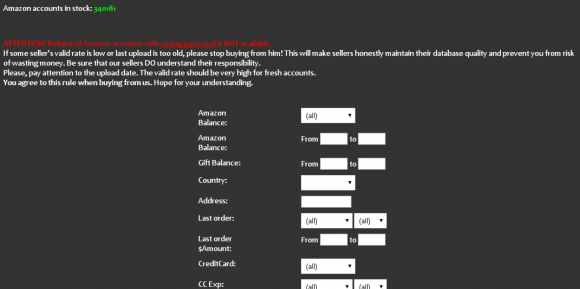

 Your average spam email can contain a great deal of information about the systems used to blast junk email. If you’re lucky, it may even offer insight into the organization that owns the networked resources (computers, mobile devices) which have been hacked for use in sending or relaying junk messages.
Your average spam email can contain a great deal of information about the systems used to blast junk email. If you’re lucky, it may even offer insight into the organization that owns the networked resources (computers, mobile devices) which have been hacked for use in sending or relaying junk messages.
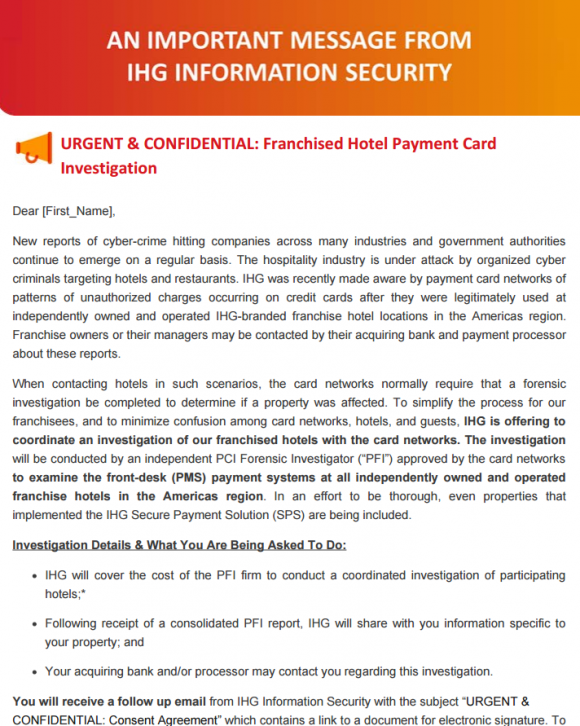

 The biggest change this month for Windows users and specifically for people responsible for maintaining lots of Windows machines is that Microsoft has replaced individual security bulletins for patches with a single “
The biggest change this month for Windows users and specifically for people responsible for maintaining lots of Windows machines is that Microsoft has replaced individual security bulletins for patches with a single “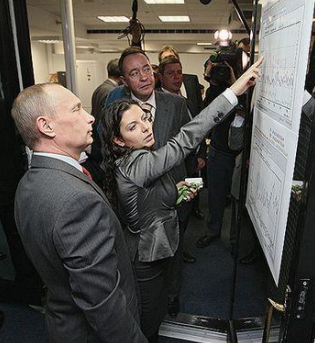
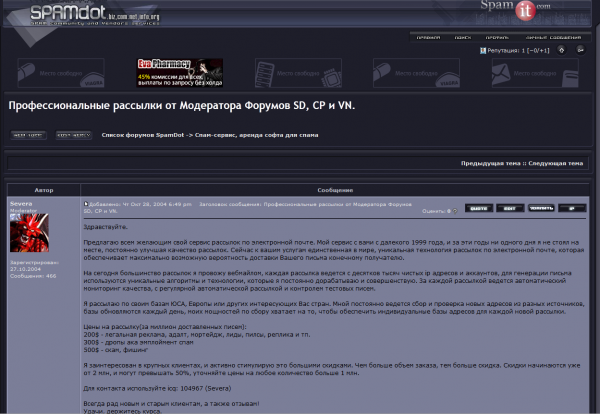
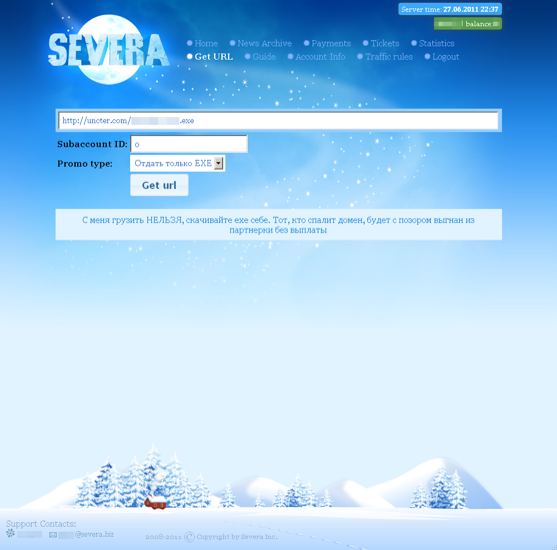
 “GameStop recently received notification from a third party that it believed payment card data from cards used on the GameStop.com website was being offered for sale on a website,” a company spokesman wrote in response to questions from this author.
“GameStop recently received notification from a third party that it believed payment card data from cards used on the GameStop.com website was being offered for sale on a website,” a company spokesman wrote in response to questions from this author.